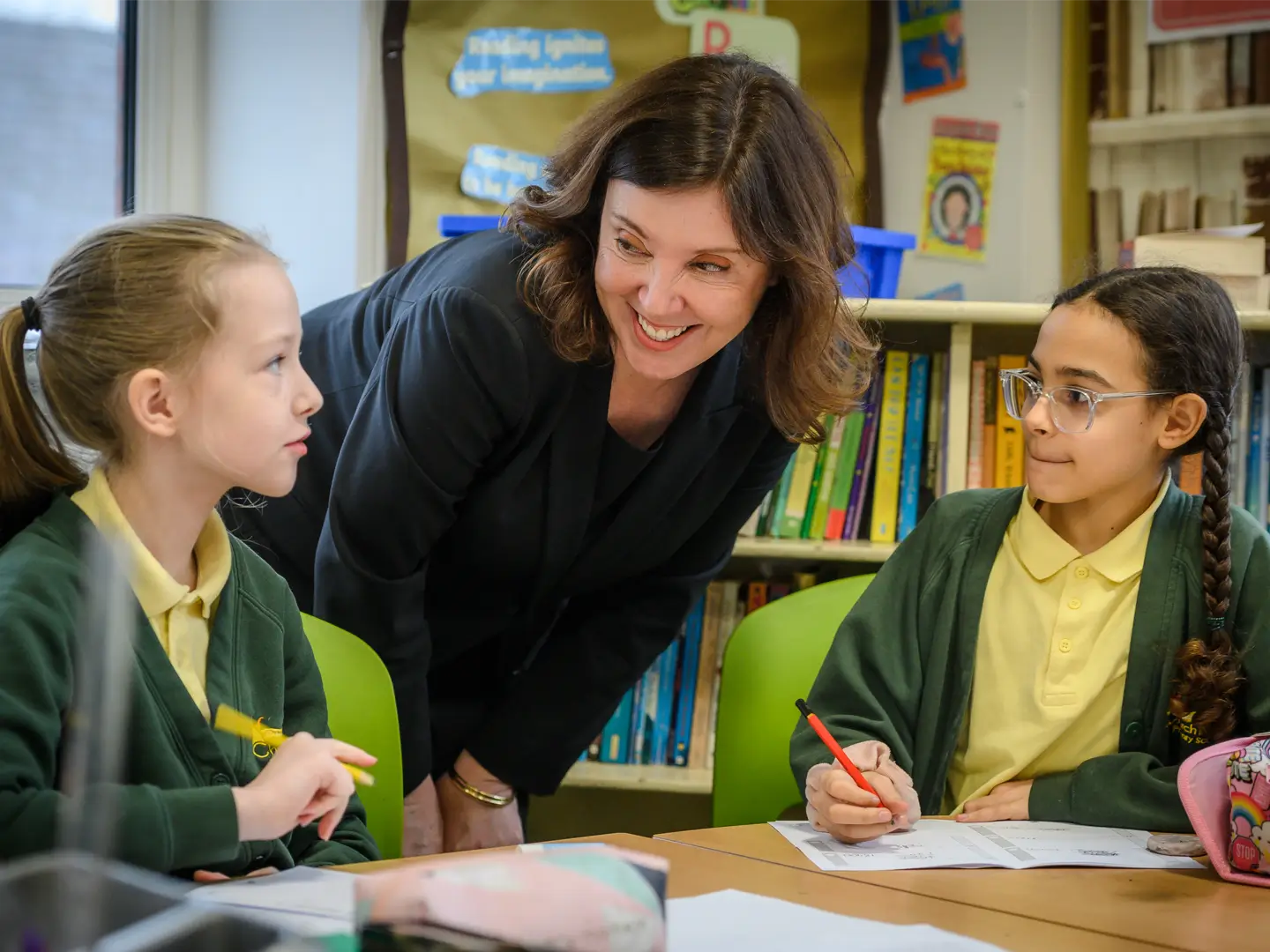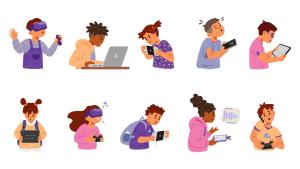“The digital age has gone horrendous and will only get worse, we need a safer environment online” – Boy, 11.
It is a hard truth to accept: it has become the norm for children to see awful, harmful things online.
When I became Children’s Commissioner four years ago, I asked young children about the kind of content they saw online, where they saw it and when. Back then, it shocked me to learn that children were seeing pornography on mainstream social media sites, and one in 10 had seen it by the age of nine. Back then, extreme acts of violence, slapping and choking were just some types of porn children were seeing – but now I know that even more worrying acts are being depicted and fed to children in the online world.
For too long tech companies and social media firms have turned a blind eye to the harmful content readily served to young users on their platforms via highly sophisticated algorithms, even as children tell them what they are seeing.
Today marks a moment of change, as Ofcom’s new protections for children come into force. Tech companies must now identify and tackle the risks to children on their platforms, or face consequences. For the first time, Ofcom will be able to fine platforms which do not take effective action.
By itself, the Children’s Code will not be a silver bullet. To be effective and fit for the future, it is essential the Code keeps pace with emerging technology.
In addition, we must all play a role in protecting children online – as parents, as educators and as members of a society where childhood is protected. That includes allowing open and frank discussion about how to manage the risks, rather than pretending they don’t exist, but it also means prioritising spaces without screens.
Earlier this year, I published the first findings from my School and College Survey revealing that 90% of secondary schools and 99.8% of primary schools already have policies in place stopping the use of mobile phones during the school day. I absolutely back headteachers to take these decisions – there are few reasons why children need access to their phone in the school day – but despite these school policies, heads remain deeply concerned about children’s experiences online.
That’s because children are spending most of their time online outside of the school gates.
A poll I commissioned earlier this year found 25% spend two to three hours a day on a screen and 23% spend more than four hours a day on an internet-enabled device.
With the summer holidays beginning this week in England, those numbers are even more concerning. That’s why over the next few weeks I’ll be sharing advice and tips from my Young Ambassadors about staying healthy online, from academics about the science behind screen time limits and from organisations working to engage young people in creative, purposeful activities, to help children have a ‘Screen Free Summer’: an opportunity for a digital detox and a chance for children to reconnect with the world around them.
A Screen Free Summer isn’t about restrictions or taking away the benefits of being online. It’s about offering children choices and freedoms to explore, imagine and play, without the distraction of a screen.
By embracing a Screen Free Summer, we are empowering children to find a balance as they rediscover the joys of real-world connections, build resilience, foster creativity and nurture mental and physical wellbeing. It is also important that as adults we also step up and lead by example, only then can be truly champion a childhood filled with interest, joy and genuine connection.





